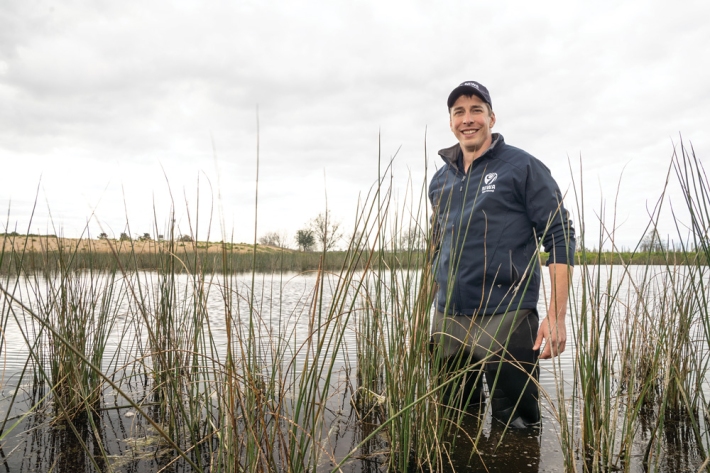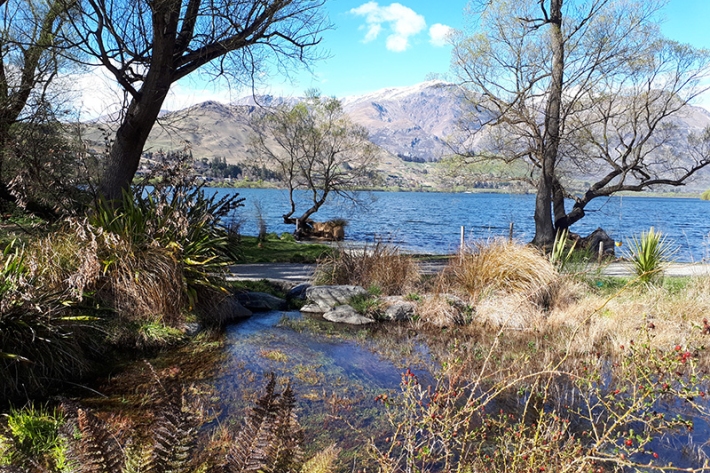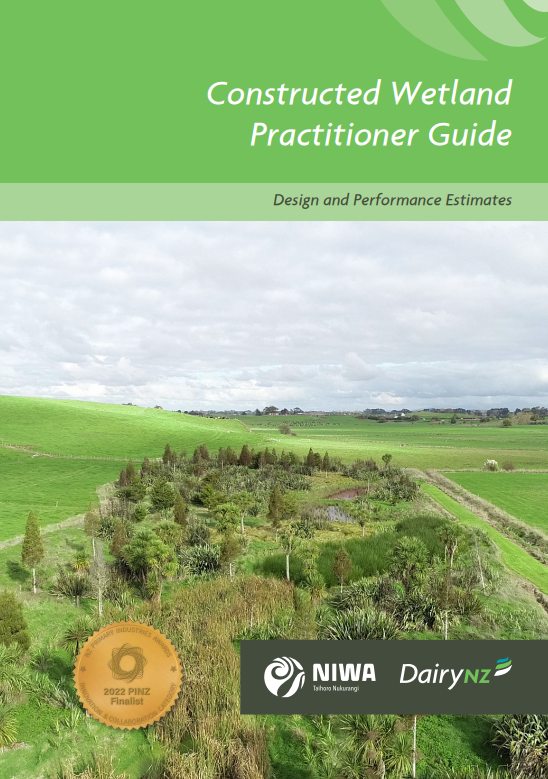This guide provides design and performance information for people wanting to establish a surface-flow constructed wetland to specifically reduce contaminant loss (nitrogen, phosphorus and sediment) from subsurface tile drains, shallow groundwater from seeps and springs, and surface drains and small streams in pastoral farming landscapes.
It includes how to size and site a wetland, construction, planning and sequencing of works, plant selection, wetland effectiveness in removing nutrients and sediment, and ongoing maintenance.
The guidance will assist people who design, review plans for, and construct wetlands, including rural contractors, environmental consultants, and regional council land management advisors. It will also give councils more confidence to recognise how constructed wetlands can help meet requirements to reduce contaminant losses.
Case studies
-

Building back wetlands
Publication article20 June 2023This new 3-hectare wetland has been constructed from scratch on a former dairy property near Maketu. -

Better outcomes for downstream water quality
Publication article15 September 2022The finishing touches have just been made on a NIWA-led project which aims to prove the performance of constructed wetlands on New Zealand farms. -

Updating a plan to restore Lake Hayes
Publication article16 June 2022A NIWA study has helped secure funding to restore the water quality of Lake Hayes in the Wakatipu Basin in Central Otago.


